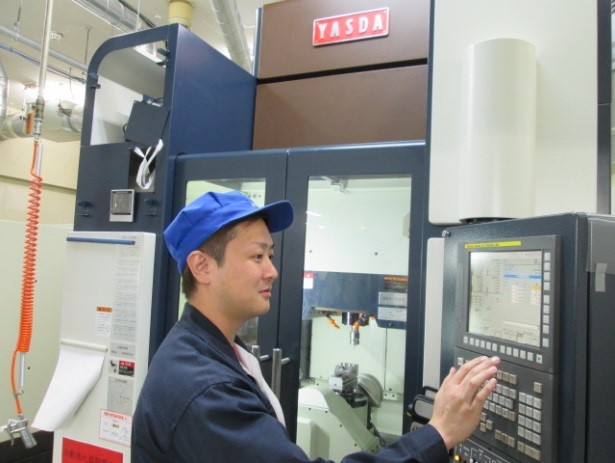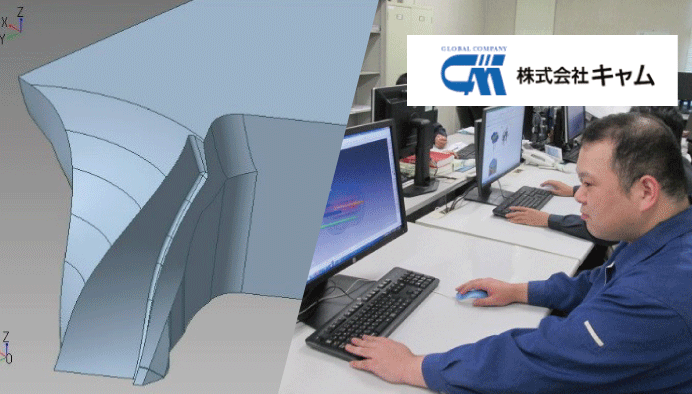
Connect CAD and CAM with High-precision 3D Data Conversion
CAM Co., Ltd.
Plastic Mold
CADdoctor

Plastic Mold
CADdoctor
CAM Co., Ltd. (hereafter “CAM”) is headquartered in Tochigi prefecture, Japan. CAM is an engineering plastic manufacturing and sales company that designs and manufactures molds for plastic parts in various fields such as automobiles, cameras, information equipment, and office equipment. They are expanding their business globally, having their overseas operation offices as well as overseas production bases in China and ASEAN nations.
“Ultimate Molding Technology”—this is what they have as their company policy, and it is essential for them to achieve and maintain a high-level of performance in QCD (Quality / Cost / Delivery) mold design and fabrication. They chose CADdoctor to solve issues in CAD data transfer during the design process which had been holding themselves down from achieving that.

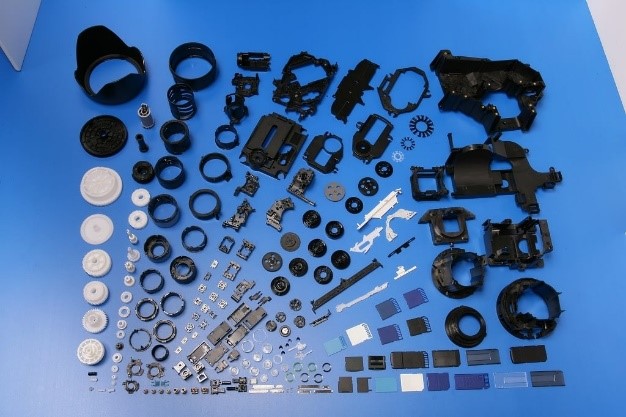
At CAM, compatibility of 3D data between heterogeneous CAD-CAM has been a problem for many years.
“We use Space-E developed by NTT Data Engineering Systems as the CAD/CAM software, and CAM-TOOL developed by C&G Systems as the CAM software for our processing side as required. Without CADdoctor, we often faced with poor quality 3D data created by the design engineers. Additionally, we had a problem with the performance of our previous 3D data conversion tool, and also an error with the processing path not being generated even when the Space-E data was an input to CAM-TOOL,” says Mr. Takumi Funabashi from Tooling Design Department.
They would often experience delays in their development schedule because they had to fix data issues manually in CAM-TOOL each time they faced such errors.
Therefore, they decided to add a new step in their design process; to convert ACIS (SAT) data exported from Space-E to STEP and Parasolid data using CADdoctor to open and work further in CAM-TOOL.
“CAD data conversion by using CADdoctor has dramatically reduced the manual correction work of data errors by 65 percent. In addition, even when some data errors remain in Space-E, the time required to transfer data to CAM-TOOL can be halved by performing automatic corrections and partial interactive corrections through CADdoctor before conversion,” says Mr. Funabashi.
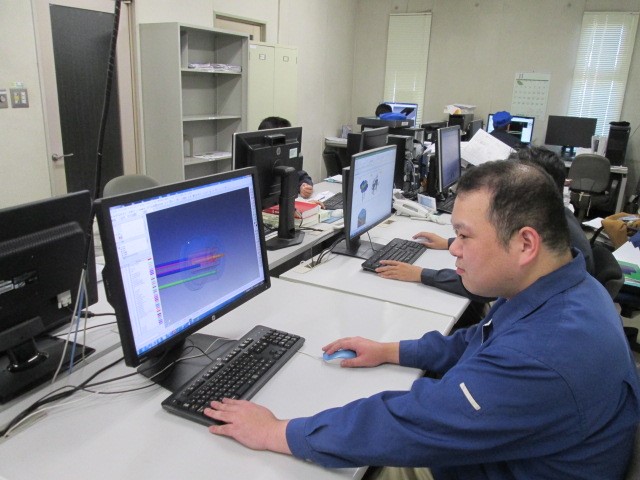
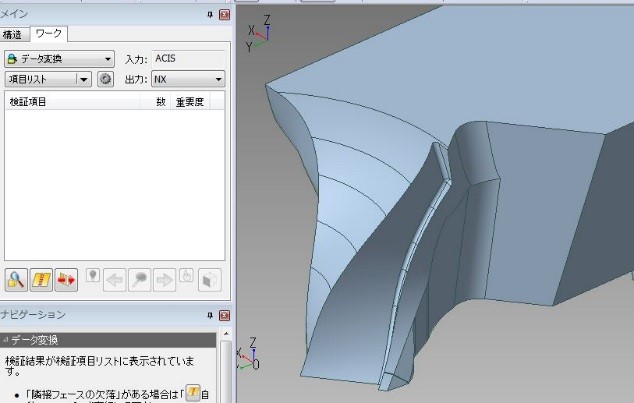
“CADdoctor not only converts data to other formats, but also detects data defects (PDQ errors) that design engineers may not even notice. In the past, design engineers had to spend a lot of time manually finding defects, but now we can avoid such processes. Importantly, we are fully satisfied with CADdoctor’s automatic geometry healing because it repairs while maintaining the designer’s intent as well as the accuracy of the correction. It never repairs by deforming the shape through actions such as distorting the surface or modifying the curve radius,” Mr. Funabashi elaborates.
CAM is currently considering whether to introduce CADdoctor company-wide, and adding steps—PDQ check, geometry healing, and data conversion with CADdoctor—to the mold design process as company standards in the future.
“One of the key effects brought by CADdoctor is that design engineers are no longer wasting their time fixing PDQ errors. We are now able to devote ourselves to the creative work that we should be doing. We started off with our internal CAD/CAM data transfer. In the future, for products with complicated shapes, we would like to verify and correct customer data with CADdoctor before designing molds with Space-E. If we can improve this efficiency, we are confident that we will be one step closer to establishing the “Ultimate Molding Technology” that we are aiming for,” Mr. Funabashi emphasizes.
